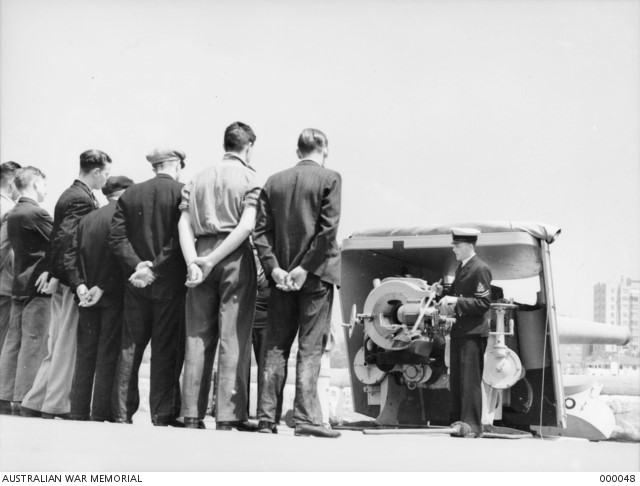Honouring the Merchant Navy’s wartime contribution

On 3 September each year we mark Merchant Navy Day to commemorate the distinctive service of Australian merchant mariners in times of conflict.
The date is taken from the anniversary of the first attack on a merchant navy ship in the Second World War, when the British liner SS Athenia was torpedoed without warning by German submarine U-30 on 3 September 1939. The ship sank the following day, with the loss of 117 civilian passengers and crew.
During the two world wars and the Vietnam War, merchant ships and their civilian crews were used for transporting service personnel, supplies and equipment. Some were also converted into hospital ships for wartime service.
Merchant mariners worked under the constant threat of attack from enemy submarines, surface warships, aircraft and sea mines. Their work was especially dangerous because unlike naval warships, merchant navy ships were often slow and most were unarmed, leaving them more exposed to attack from the enemy.
The Battle of the Atlantic is a well-known theatre of the Second World War involving merchant mariners who served on one of the war's most dangerous shipping lanes. Around 30,000 Allied merchant mariners lost their lives and some 3,500 merchant ships were sunk during the Battle of Atlantic alone, which raged from 1939 to May 1945.
Many hundreds of Australian merchant mariners lost their lives serving the Allied cause during the two world wars.
On Merchant Navy Day, we remember the bravery and sacrifice of the mariners of the merchant navy who have served Australia in past conflicts.
(Image: Naval reserve depot, Sydney – merchant servicemen receive instructions, October 1939
